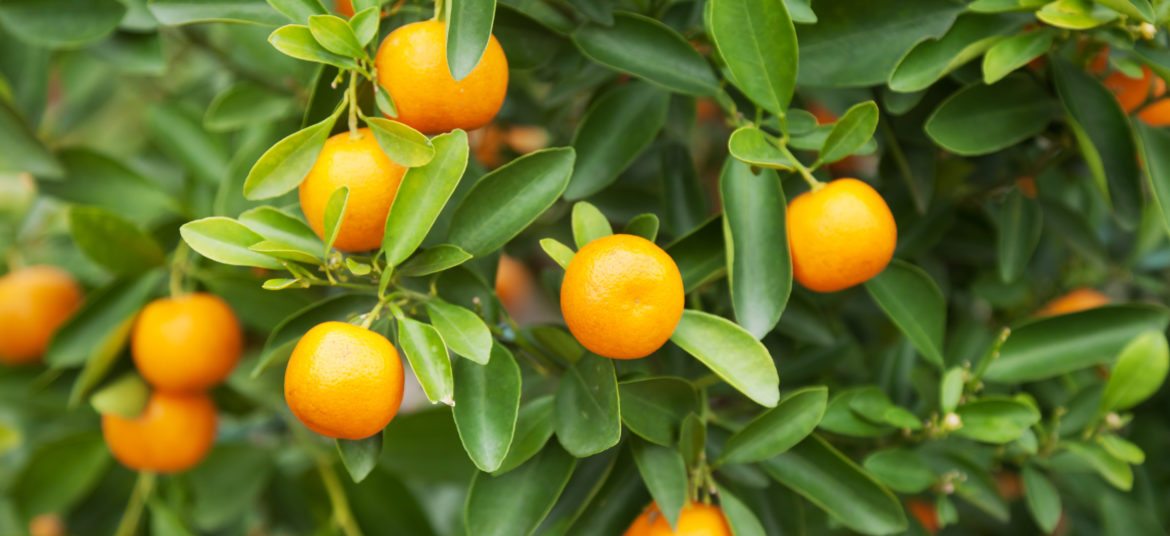Citrus Greening Recovery Case Study – Haines City, FL

Citrus Greening Recovery Program Returns Once-Infected Grove to Productivity — Recovery Confirmed at DNA level
May 10, 2016, Haines City, FL: Citrus trees at a Haines City, Florida, citrus grove that were infected with deadly citrus greening and hadn’t produced harvestable fruit for three years, are suddenly in production again.
Following a two-year trial of the Performance Nutrition Citrus Greening Recovery Program, samples from the Haines City grove, owned by David Garrett, were sent to the lab of Dr. Hongchang Cui, a plant molecular biologist at Florida State University. Of the leaves tested from three random trees, all but one leaf showed little to no presence of the rDNA of the bacterium associated with greening. The grove recovery was confirmed at the DNA level.
“I’d almost given up,” said David Garrett, who has been a citrus grower in Haines City for the past 45 years. “The trees were going downhill. They lost their leaves, there was a lot of die back at the tops of the trees, [and] you could see through them. The leaves that they did have, they weren’t very much, and, the fruit was small and then fell off before you would get to pick it. It was a bad situation … until we started getting the Performance Nutrition program.”
The Performance Nutrition Citrus Greening Program combines patented foliar nutrients and organic compounds, along with soil applications of patented humate-rich NutriSmart-B soil inoculant, which help citrus groves recover and begin to produce fruit again.
Citrus greening is a condition that causes citrus trees to drop their fruit before harvest and eventually kills the tree.
The results of the Haines City research at Garrett’s grove are significant and offer hope to Florida’s $10.7 billion citrus industry. Citrus greening is present in up to 80% of Florida citrus trees, and some 90% of all citrus acreage is infected with citrus greening, according to a survey of Florida citrus growers released in April and conducted by the University of Florida/IFAS.
Garrett began the trial at his Haines City grove in October, 2013. In April of this year, his grove produced enough fruit for harvest, (three truckloads from the research groves) and juice analysis showed suitable sugar and Brix levels for market. Equally important, none of Garrett’s fruit dropped off the trees.
“The trees have responded now where I’m actually becoming optimistic. It’s hard for me to be optimistic about anything. But if they continue to improve, we actually have a future with these young trees,” Garrett said. “The difference I’m seeing is a much more consistent crop. You don’t see any of the little bitty fruit now and it’s not falling off the tree, you have to pull it off.”
“Our program has shown the ability to correct the symptoms of citrus greening and return trees to productivity. We feel fortunate to be part of the solution to the problems faced by Florida citrus growers,” said Don Pucillo, president of Performance Nutrition, a division of LidoChem, Inc.
“Based on the last 2 years, I think if anybody is serious about staying in the citrus business, they should give the Performance Nutrition a try. The products seem superior to any of the products that I’ve used,” Garrett said.
